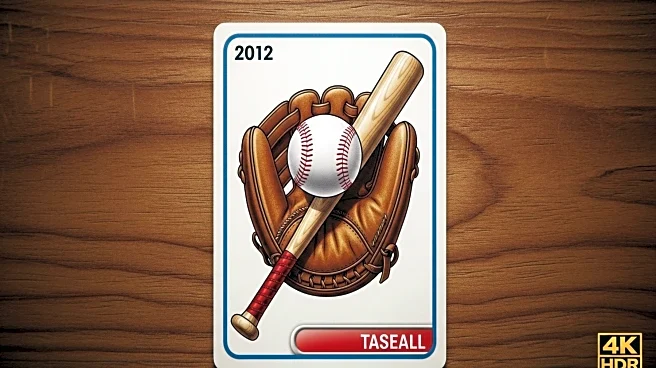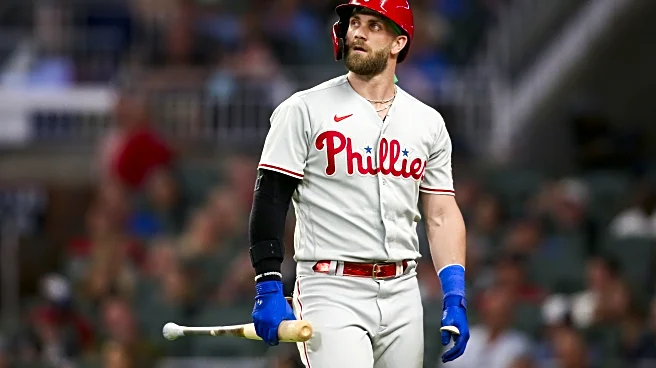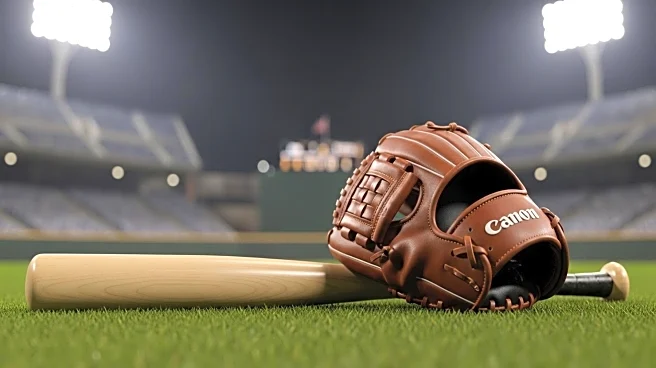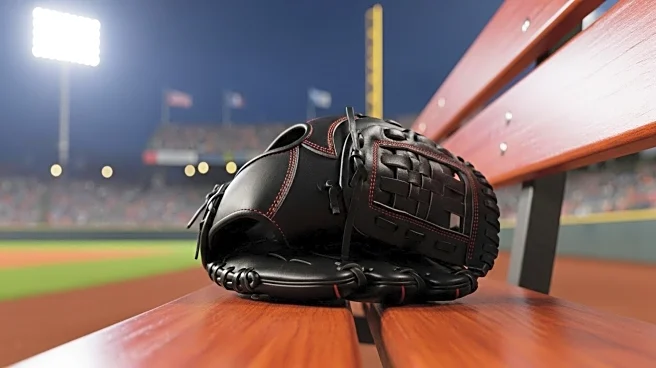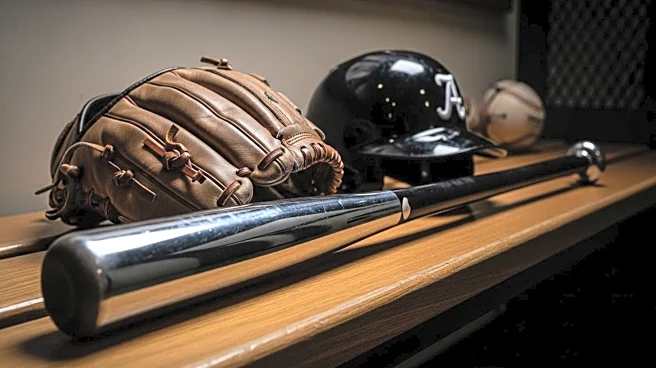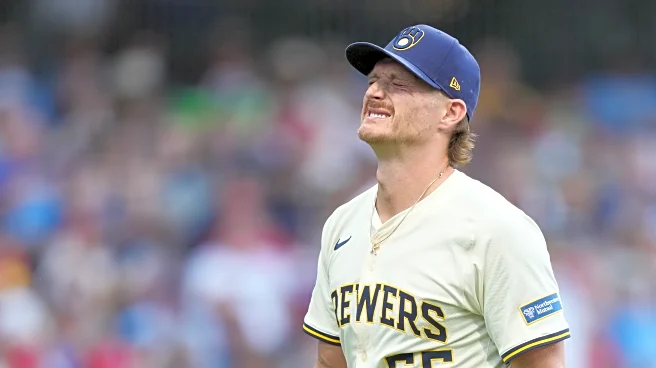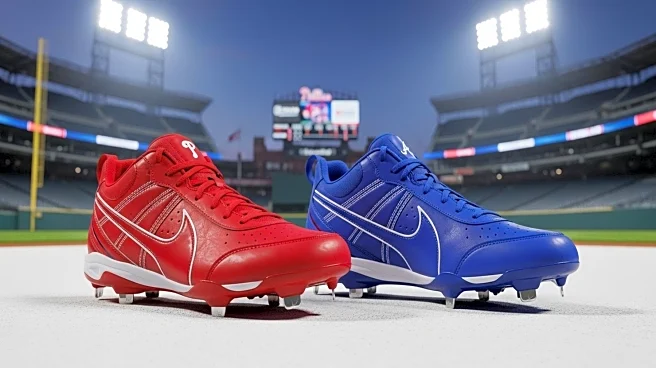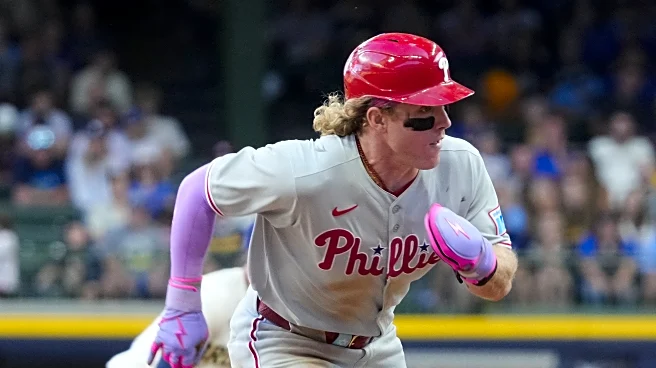What's Happening?
Bryce Harper, a prominent figure in Major League Baseball, has seen his 2012 Topps baseball card increase in market value due to his impressive career achievements. Harper, who debuted at 19, quickly made a name for himself by winning the Rookie of the Year award with 22 home runs, 98 runs, and 59 RBIs in his first season. Over the years, Harper has secured two MVP awards and has been selected for eight All-Star games. His playoff performance is particularly notable, with 54 hits and 17 home runs in 53 games, earning him the NLCS MVP in 2022. The 2012 Topps set, known for its classic design and action shots, features Harper as a key rookie card, which is now valued between $85-$100 for a PSA 10 grade.
Why It's Important?
The rising value of Bryce Harper's 2012 Topps baseball card reflects his status as one of the most influential players of his generation. Harper's achievements not only enhance his personal brand but also impact the sports memorabilia market, where collectors and investors seek valuable items tied to successful athletes. As Harper continues to excel, the demand for his rookie card is likely to increase, benefiting both collectors and the sports memorabilia industry. This trend underscores the connection between athletic performance and market dynamics in sports collectibles.
What's Next?
As Bryce Harper continues his career, further achievements could drive the value of his memorabilia even higher. Collectors and investors will be closely monitoring his performance, especially in playoff scenarios where Harper has historically excelled. The sports memorabilia market may see increased activity around Harper's cards, particularly if he secures additional accolades or milestones. This could lead to a broader interest in baseball cards from the 2012 Topps set, potentially affecting the market value of other players featured in the collection.
Beyond the Headlines
The increasing value of Bryce Harper's baseball card highlights the cultural significance of sports memorabilia as a form of investment and nostalgia. It reflects the broader trend of athletes influencing economic sectors beyond their primary field of play. Harper's career trajectory may inspire discussions on the role of sports figures in shaping market trends and the cultural impact of their achievements. Additionally, it raises questions about the sustainability of sports memorabilia as an investment and its potential to serve as a historical record of athletic excellence.
